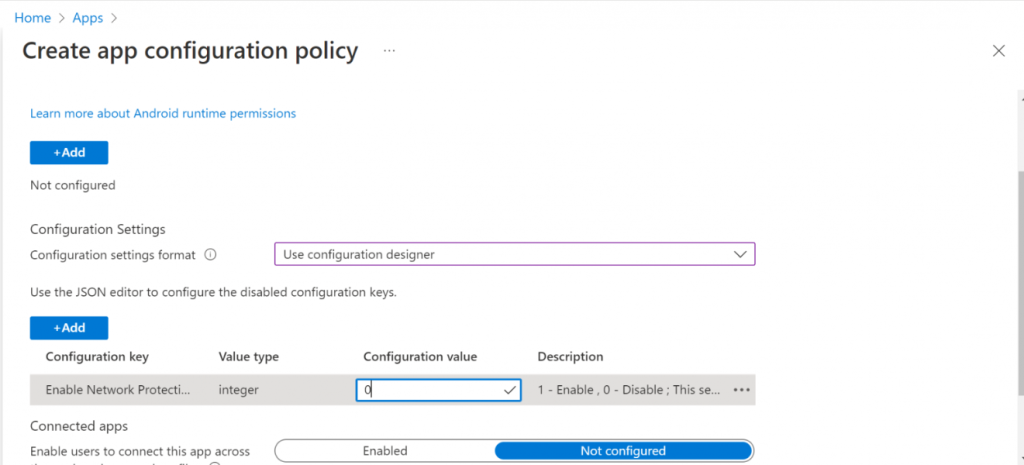News
iOS and Android users can now use Microsoft’s Defender for network protection.

Microsoft has announced that its Mobile Network Protection feature is now generally available. This feature is designed to assist businesses in identifying network vulnerabilities that may affect Android and iOS devices that are protected by Microsoft’s Defender for Endpoint (MDE) enterprise endpoint security platform.
MDE will give protection and alerts when rogue Wi-Fi-related threats and certificates (the principal attack vector for Wi-Fi networks) are detected once Mobile Network Protection has been activated and the toggle has been set.
Rogue hardware such as Hak5 Wi-Fi Pineapple devices, which are used by pen-testers as well as cybercriminals to capture data shared within networks, is one example of a threat that this functionality is able to identify.
Users will also be notified to switch networks if MDE finds networks that are questionable or unprotected, and they will receive push notifications when open Wi-Fi networks are found.
When the firm made the announcement in June that the public preview will be available, they stated that “as the world continues to make sense of the digital transformation, networks are becoming increasingly complicated and provide a unique route for malevolent activities if left neglected.”
“To fight this, Microsoft offers a mobile network protection feature in Defender for Endpoint. This feature assists companies in identifying, assessing, and remediating endpoint flaws with the assistance of powerful threat intelligence,” Microsoft explains.
Even though Mobile Network Protection is turned on automatically for enrolled mobile devices, Microsoft provides in-depth information on how to configure it on Android and iOS devices by using the Microsoft Endpoint Manager Admin centre. This is the case even though Mobile Network Protection is turned on automatically for enrolled mobile devices.

Endpoint security platform that supports all of the major operating systems
The features of Defender for Endpoint have been gradually increased in order to protect devices operating on all of the major platforms and to make it possible for security teams to defend network endpoints by utilising a unified security solution. MDE on iOS received an update in February that added the functionality of zero-touch onboarding, which makes it easier for administrators to install Defender for Endpoint invisibly and automatically on all enrolled devices in an enterprise network.
One month later, Microsoft stated that the MDE threat and vulnerability management support for Android and iOS had reached public availability. With the help of vulnerability management, administrators are able to reduce the attack surface of mobile endpoints running Android and iOS, thereby strengthening their organization’s resistance to attacks that target mobile devices.













